Discovering the best material for orthotics is crucial for comfort and support. While gel and foam offer cushioning, carbon fiber and plastic provide durability and stability.
Understanding the contrast between these materials can help you choose the ideal option for your needs. Whether you prioritize flexibility or rigidity, finding the right material is essential for effective orthotic performance. Dive into this guide to explore the benefits of each material and make an informed decision for your orthotic inserts.
Importance of Material Selection
Comfort and Support
Orthotics are custom-made shoe inserts designed to help with various foot problems. The choice of material for orthotics plays a crucial role in determining their effectiveness. Different materials offer varying levels of comfort and support, directly impacting the wearer’s overall experience.
When selecting the best material for orthotics, factors such as cushioning, flexibility, and durability must be considered. Materials like foam provide excellent cushioning, making them ideal for individuals seeking enhanced comfort. On the other hand, rigid materials such as carbon fiber offer superior support, making them suitable for addressing specific foot wear-and-tear injury conditions like plantar fasciitis.

Addressing Foot Conditions
The material used in orthotics can significantly impact their ability to address specific foot conditions. For instance, individuals suffering from flat feet may benefit from orthotics made of supportive materials like polypropylene. These materials help maintain proper arch support and alignment, reducing discomfort and preventing further issues.
Moreover, for conditions like heel spurs, materials with shock-absorbing properties are preferred to alleviate pressure on the heel. Silicone-based materials are commonly used in orthotics for heel spurs due to their ability to provide cushioning and reduce impact during walking or standing.
Durability and Longevity
Apart from providing comfort and support, the choice of material also affects the durability and longevity of orthotics. Materials like EVA foam are known for their lightweight nature and shock-absorbing capabilities, making them durable options for everyday use. Conversely, materials like leather offer exceptional durability but may require more maintenance to ensure longevity.
Overview of Common Materials
EVA
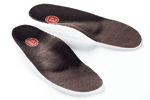
EVA, also known as ethylene-vinyl acetate, is a popular material used in orthotics due to its lightweight and cushioning properties. It is ideal for individuals with plantar fasciitis as it provides excellent shock absorption.
Carbon Fiber
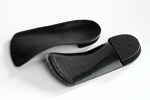
Carbon fiber is another common material in orthotics, valued for its durability and strength. It offers robust support for individuals with flat feet or those needing enhanced stability.
Foam
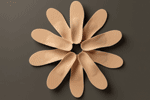
Foam is widely used in orthotics for its softness and ability to conform to the wearer’s foot shape. It is beneficial for individuals with diabetic neuropathy, offering gentle support and pressure relief.
Cost Implications
- Different orthotic materials come with varying price points, impacting the overall cost of custom orthotics.
- EVA, being a cost-effective option, is suitable for individuals seeking budget-friendly orthotic solutions.
- In contrast, carbon fiber, known for its durability, tends to be pricier but offers long-term benefits in terms of support and longevity.
- Foam, while affordable, may require more frequent replacements compared to other materials due to its softer nature.
Advantages of EVA Orthotics
Lightweight Nature
EVA orthotics are known for their lightweight composition, making them comfortable to wear for extended periods. This material is ideal for individuals seeking orthotic support without the bulkiness of traditional options.
EVA, or ethylene-vinyl acetate, is a durable yet lightweight material commonly used in orthotic footwear. Its cushioning properties provide adequate support while ensuring a comfortable fit for the wearer.
Shock-Absorbing Qualities
The shock-absorbing qualities of EVA orthotics make them highly desirable for individuals engaging in physical activities. Whether running, walking, or standing for prolonged periods, EVA helps reduce impact on the feet and lower limbs.
Pros:
- Provides excellent shock absorption
- Enhances comfort during high-impact activities
Versatility in Fit
One of the significant advantages of EVA orthotics is their versatility in accommodating various foot shapes and sizes. This adaptability ensures that individuals with different foot arches and sizes can find suitable orthotic support tailored to their specific needs.
EVA’s ability to mold to the unique contours of the wearer’s feet makes it an excellent choice for those seeking customized orthotic solutions. From flat feet to high arches, EVA orthotics offer personalized support for optimal comfort and functionality.
Cons:
- May lack sufficient rigidity for severe foot conditions
- Durability may vary depending on usage frequency
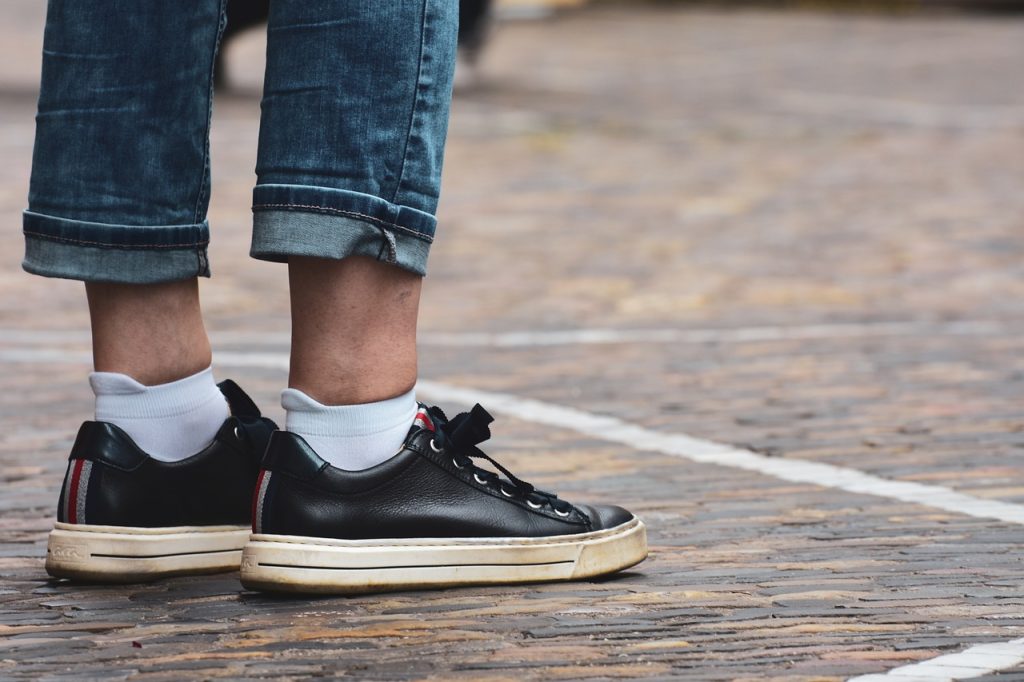
Features of Diabetic Inserts
Soft Padding
Diabetic inserts feature soft padding that is specifically designed to reduce pressure points on the feet. This padding helps distribute weight evenly, reducing discomfort and preventing potential injuries. The soft cushioning also provides extra support for sensitive areas, ensuring maximum comfort for diabetic patients.
Customizability
One of the key features of diabetic inserts is their customizability. These inserts can be tailored to meet individual foot needs, providing personalized support and comfort. By adjusting the fit and support levels, diabetic patients can ensure that their orthotics cater to their unique foot structure and requirements.
Moisture-Wicking Properties
Diabetic inserts are equipped with moisture-wicking properties that help maintain foot health. These properties help keep the feet dry by drawing moisture away from the skin, reducing the risk of infections and skin irritations. By promoting a dry and healthy environment, diabetic inserts contribute to overall foot wellness.
Benefits of Carbon Fiber Orthotics
Strength-to-Weight Ratio
Carbon fiber orthotics excel due to their impressive strength-to-weight ratio. This material is renowned for being durable while remaining lightweight. The combination of these qualities makes carbon fiber orthotics highly sought after in the market.
Superior Arch Support
One key advantage of carbon fiber orthotics is the superior arch support they provide. This feature enhances stability and comfort for individuals requiring orthotic support. By offering excellent arch support, carbon fiber orthotics help alleviate issues such as plantar fasciitis.
Long-Lasting Durability
Carbon fiber orthotics are known for their long-lasting nature, significantly reducing the need for frequent replacements. This durability not only ensures prolonged use but also offers cost-effectiveness in the long run. Users benefit from the extended lifespan of carbon fiber orthotics.
Factors to Consider for Comfort
Arch Support
Arch support is crucial for orthotics as it helps distribute pressure evenly across the foot, reducing discomfort. Different foot types require varying levels of arch support to address specific issues effectively. For instance, flat feet benefit from orthotics with firmer arch support to alleviate pain and provide stability.
Cushioning Levels
The cushioning in orthotics plays a significant role in absorbing shock and impact during daily activities or sports. It is essential to choose the right level of cushioning based on your activity level and foot condition. Orthotics with adequate cushioning are beneficial for individuals experiencing foot pain or discomfort.
Fit and Adjustability
A proper fit is essential for orthotic effectiveness and overall comfort. Orthotics that can be adjusted to fit different shoe styles and sizes ensure a personalized fit for maximum comfort. The ability to adjust the orthotics allows for customization based on individual preferences and requirements, contributing to a comfortable wearing experience.
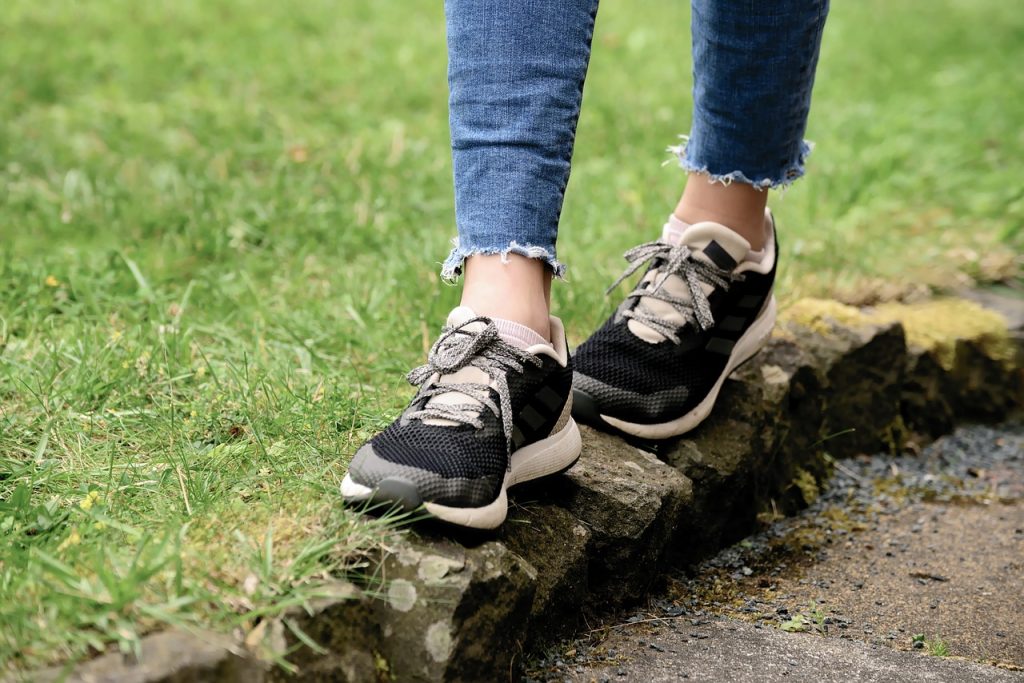
Support and Durability Essentials
Robust Materials
Orthotics require robust materials to withstand daily wear and tear. Materials like polypropylene, carbon fiber, or EVA foam are popular choices for their durability. These materials ensure that the orthotics maintain their shape and support over time.
Polypropylene is known for its strength and rigidity, making it ideal for providing long-lasting support. Carbon fiber, on the other hand, offers a lightweight yet sturdy option for orthotic construction. EVA foam provides cushioning and shock absorption, enhancing comfort while maintaining durability.
Structural Integrity
The structural integrity of orthotics is crucial for long-term support in maintaining proper foot alignment. Ensuring precise support through a well-structured design helps alleviate discomfort and prevent issues related to poor foot alignment.
By incorporating features such as arch support and shock absorption, orthotics can provide the necessary support to reduce strain on the feet and lower limbs. The balance between flexibility and firmness in the materials used is essential for adapting to the unique foot structure of individuals while offering adequate support.
Performance Optimization
Balancing flexibility and firmness in orthotic materials is key to optimizing performance. Flexibility allows for natural foot movement, while firmness provides stability and support. Finding the right balance ensures that orthotics offer both comfort and effectiveness in addressing foot-related issues.
Orthotics designed for impact activities need to strike a balance between shock absorption and support. Gel inserts, for example, can enhance shock absorption without compromising on the overall structure of the orthotic. This feature is particularly beneficial for individuals who engage in high-impact sports or activities that put additional strain on their feet.
Moisture Control and Breathability
Moisture Control
Orthotics with moisture-wicking materials are crucial for preventing foot odor. These materials effectively absorb sweat and keep the feet dry, reducing the risk of bacterial growth. Foam is a common material used for this purpose, ensuring optimal comfort throughout the day.
Breathability Benefits
Breathable orthotic materials play a significant role in enhancing comfort during prolonged wear. They allow air circulation around the foot, preventing excessive sweating and discomfort. This feature is especially beneficial for individuals with mild foot conditions or those prone to overpronation.
Temperature Regulation Impact
The ability of orthotics to regulate temperature directly impacts foot health and performance. Maintaining an optimal temperature within the shoe helps prevent issues such as blisters and irritation, promoting overall foot well-being. By providing a comfortable environment, orthotics support the foot’s natural structure and alignment.
Choosing the Right Fit
In-Store Fittings
When it comes to choosing the right fit for your orthotics, in-store fittings offer valuable benefits. Professional fitting services can assess your unique needs and provide personalized advice based on your specific foot shapes and problems. This hands-on approach ensures that you make an informed decision when selecting the appropriate orthotics.
Opting for in-store fittings allows you to try different options and receive immediate feedback from experts. They can recommend the most suitable orthotic inserts based on your specific needs, ensuring that you find the perfect fit for your regular footwear. By trying on various orthotics in person, you can assess their comfort and impact on your overall foot health before making a purchase.
Online Purchases
While online purchases offer convenience, they may not always guarantee the best fit for your feet. When choosing insoles or orthotic inserts online, it’s essential to carefully review sizing guides and product descriptions to make an informed decision. However, without the guidance of professional fitting services, there is a risk of selecting orthotics that do not cater to your specific foot shapes and issues.
Online shopping for orthotics also limits the opportunity to test different options before committing to a purchase. Without physically trying on the products, you may encounter discomfort or improper support once you start wearing them regularly. Therefore, while online purchases provide accessibility, they may lack the personalized advice and fitting expertise offered by in-store professionals.
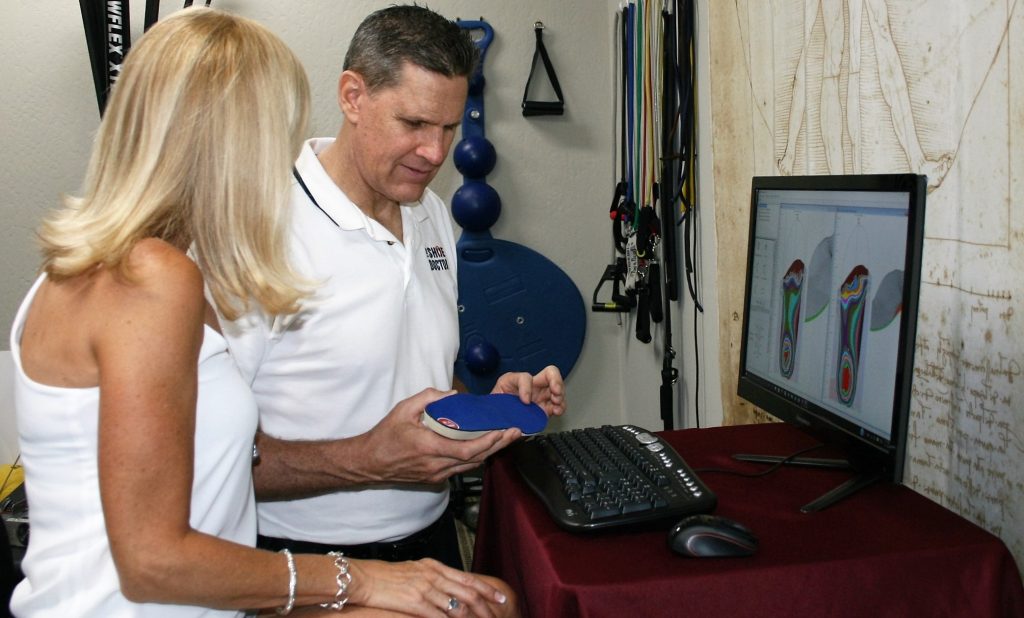
Benefits of Professional Fitting Services
Professional fitting services play a crucial role in ensuring that you find the most appropriate orthotics for your needs. By assessing your foot shapes and identifying any existing problems, experts can recommend orthotic inserts that address these issues effectively. Their personalized advice takes into account factors such as arch support, cushioning, and alignment, leading to optimal support and comfort.
Professional fitters can guide you on how to wear and care for your orthotics properly. They offer insights on integrating orthotics into your daily routine and adjusting to their impact on your footwear choices. With their expertise, you can prevent potential discomfort or injuries associated with ill-fitting orthotics, promoting long-term foot health and well-being.
Final Remarks
In selecting the best material for orthotics, you’ve learned about various options like EVA, carbon fiber, and diabetic inserts. Each material offers unique benefits such as cushioning, support, and durability, catering to different foot conditions and needs. Comfort is paramount when choosing orthotics, considering factors like moisture control and breathability to ensure your feet stay healthy and happy.
Choosing the right orthotic material can make a significant difference in your daily comfort and foot health. Consider your specific requirements, such as support level, flexibility, and any existing conditions when making your decision. Now equipped with knowledge about different materials and their advantages, you can confidently select the best orthotics to support your feet effectively. Take care of your feet, and they’ll take care of you.
Frequently Asked Questions
What is the importance of material selection for orthotics?
Choosing the right material for orthotics is crucial as it determines comfort, support, and durability. Different materials offer unique benefits such as cushioning, flexibility, or rigidity, catering to specific foot conditions and needs.
What are the advantages of EVA orthotics?
EVA orthotics provide excellent shock absorption, cushioning, and support. They are lightweight, flexible, and ideal for individuals needing relief from foot pain, plantar fasciitis, or other common foot conditions. EVA orthotics also offer good durability and moisture-wicking properties.
How do diabetic inserts differ in features from other orthotic materials?
Diabetic inserts are designed with extra cushioning and padding to reduce pressure points and prevent friction injuries. They prioritize comfort, protection, and maintaining proper circulation for individuals with diabetes who have sensitive feet prone to ulcers or infections.
What are the benefits of carbon fiber orthotics?
Carbon fiber orthotics are known for their strength, durability, and lightweight design. They provide rigid support for structural alignment, making them suitable for athletes or individuals requiring maximum stability and control. Carbon fiber orthotics also offer long-lasting performance.
What factors should be considered for ensuring comfort in orthotic material selection?
Factors such as cushioning level, arch support, flexibility, breathability, and moisture control play a key role in determining the overall comfort of orthotics. Choosing materials that address these aspects based on individual preferences and foot conditions is essential for optimal comfort and performance.

